Low-noise DC fan air pressure and air flow are two opposing concepts. Generally, DC cooling fan manufacturer in cost considerations, to design air volume fan, it is necessary to sacrifice some pressure. If the fan can bring a lot of air flow, but the pressure is small, the wind can not blow the bottom of the radiator (which is why some high fan speed, air volume is large, but the cooling effect is good reason), on the contrary, it often means big pressure on the small amount of wind, there is not enough cold air and heat exchange fins, can also cause poor cooling effect. Our low-noise DC fans are welcome to buy!
Any type of heat sink base are inseparable from the following three methods of heat transfer, but the focus may vary.
1. Thermal conduction, convection and radiation. Substance itself or the substance when in contact with the material, energy transfer is called heat conduction, which is the most common form of heat transfer. For example, CPU heatsink base in direct contact with the CPU heat away way belongs to the heat conduction.
2. Thermal Convection: refers to the flow of a fluid (gas or liquid) will go tropical heat transfer mode, the computer chassis cooling system is more common cooling fan driven by the flow of gas, "forced convection" cooling.
3. Thermal radiation: that is to rely on the transfer of heat rays, the most common is the daily solar radiation. These three cooling methods are not isolated, in the daily heat transfer in three ways that are simultaneously heat, work jointly.
For example, an ordinary CPU air cooling fan, CPU heatsink surface in direct contact with the CPU, the CPU surface heat transfer to the CPU heatsink via thermal conduction; DC cooling fan to create airflow through the convection heat of the CPU heat sink surface away; and chassis within the flow of air through the heat convection is the CPU heat sink surrounding air heat away until the outside of the chassis; and all the high temperature part of the section on the surrounding temperature is low thermal radiation.
Radiator cooling efficiency of the radiator thermal conductivity material, the heat sink material and the heat capacity of the heat medium and a heat sink of the effective cooling area, etc. parameters. Fan
What DC cooling fan is inherently flawed?
The most widely used form of axial fan is blowing down (which is the most common kind of fan), the reason why so popular is because of the combined effect of good and inexpensive. If the direction of the axial flow fan, in turn, becomes upward ventilation, especially in certain models of the radiator will use this form. The difference is that the two forms of air flow in the form of different turbulence is generated when the blast, but susceptible to wind pressure resistance big loss; generated when ventilation is laminar flow, pressure small but steady flow. In theory, the thermal efficiency is much greater turbulence than laminar flow, and therefore did not become mainstream design form. Axial fan though widely used, but there are inherent flaws. Axial fan motor position by blocking the air flow is not flowing through the middle of the blast area, which is called "dead zone."





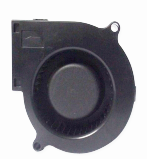
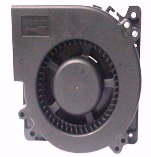
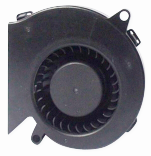
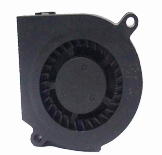
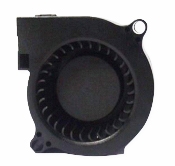

 Ali Want
Ali Want
 MSN
MSN

